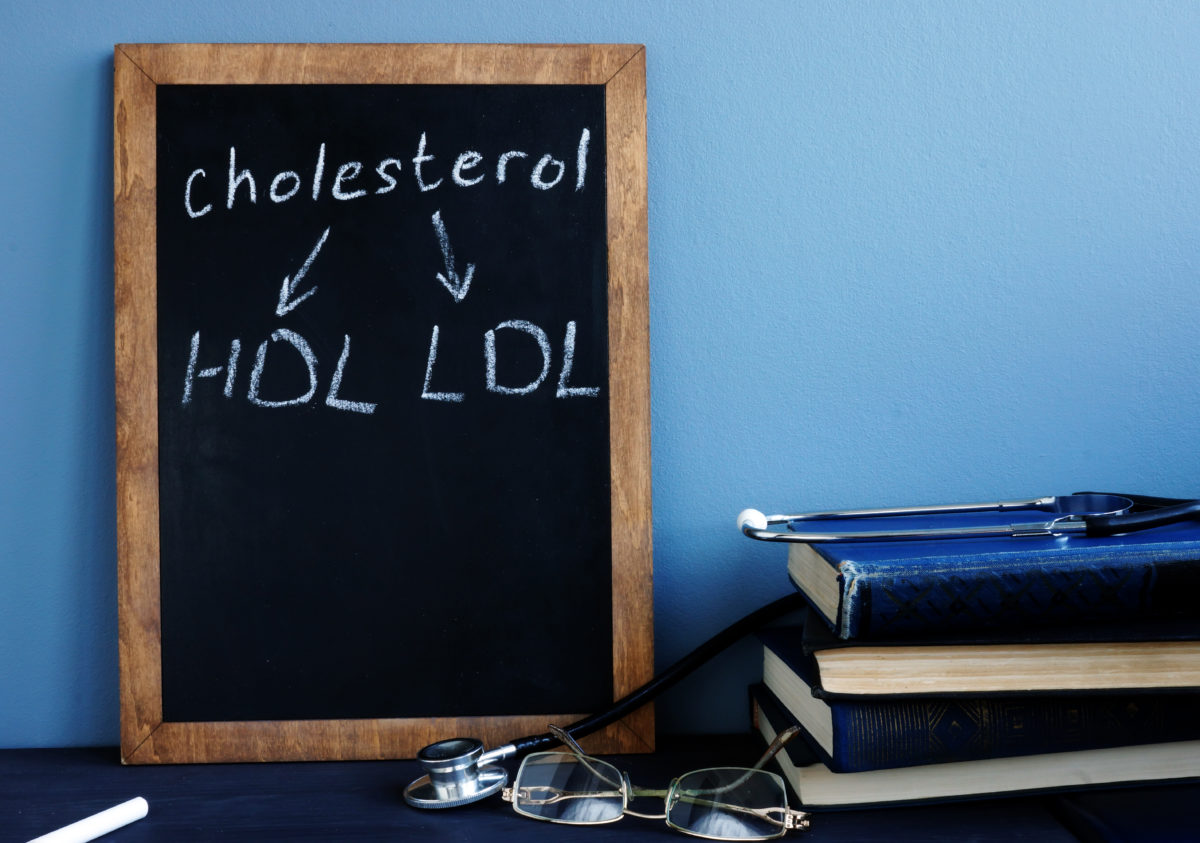One in 3 Tennesseans has high cholesterol. And according to the BlueCross BlueShield Health Index, it’s one of the top five health conditions limiting quality of life for our neighbors.
Here’s what you need to know about the different kinds of cholesterol and what you can do if you need to improve your own.
What is cholesterol?
Cholesterol is a waxy, fat-like substance that exists naturally in your blood. Your cells need cholesterol to build new cells and hormones, and your body makes the amount it needs. But you also get cholesterol from foods, and that’s where an imbalance can happen.
When does cholesterol become a problem?
If you have too much cholesterol in your blood, plaque can build up in the arteries around your heart, making it hard for blood to get in or out. This hardening of the arteries (atherosclerosis) can also lead to chest pain, blood clots, inflammation and, eventually, heart attack or stroke.
What are the types of cholesterol?
- “Bad” cholesterol
LDL (low-density lipoprotein) carries fat from the liver to other parts of the body. Too much of it can raise your risk of heart disease, heart attack and stroke. - “Good” cholesterol
HDL (high-density lipoprotein) helps move cholesterol out of the body and reduces inflammation, which helps decrease your risk of heart disease and stroke.
When looking at cholesterol, your doctor may also check your triglycerides, a different but related type of fat (lipid) that circulates in your blood:
- Triglycerides provide your body with energy by storing unused calories, while
- Cholesterol is used to build cells and some hormones.
How do you get high cholesterol?
Genes play a roll, but most often high cholesterol is a result of unhealthy lifestyle choices. That means you can prevent or treat it — if you know you have it.
How do you know if you have high cholesterol?
High cholesterol has no symptoms, so you won’t know unless you get tested. Your doctor can do a simple blood test to check your levels, which the National Cholesterol Education Program recommends adults do every 5 years.
What are ideal cholesterol levels?
Your total cholesterol should be less than 200 mg/dL. The CDC suggests the following levels:
4 ways to improve your cholesterol
While the metrics used to measure your cholesterol may seem confusing, the steps you can take to improve yours are easy, no matter who you are.
1. Talk to your doctor.
If your cholesterol is at a dangerous level, your doctor can put together an appropriate treatment plan to help you get it under control.
Smoking damages blood vessel walls, making them more likely to hold onto fatty deposits that can turn into plaque. Smoking also lowers your “good” cholesterol, but if you quit, your HDL should improve.
3. Walk regularly.
Brisk walking helps you control your weight and your risk of heart disease. It can also lower your triglyceride levels and raise your “good” cholesterol. Bonus: you only need to get your heart rate up for 30 minutes over the course of a day to get your “walk” in.
4. Make changes to your diet.
You could consider the Mediterranean Diet, which emphasizes fish, fruits and vegetables over red meat and dairy. If committing to a new diet seems overwhelming, make small changes over time. Here are three things you can add or subtract to make a positive impact on your cholesterol:
ADD:
- Legumes. These plants in the pea family are high in carbohydrates but low in fat, and they have been shown to be as effective as medicine in treating high cholesterol. Legumes include black beans, fava beans, lentils, chickpeas and kidney beans. Here in Tennessee, try locally grown lima beans, soybeans or peas.
- Tomatoes. All types of tomatoes are a good source of lycopene, an antioxidant that helps strengthen your arteries, reduces cholesterol and reduces heart disease risk.
- Healthy fats. Try to eat more monounsaturated fats (olive oil, avocados, nuts) or polyunsaturated fats (liquid vegetable oils, walnuts, tofu) than saturated or trans fats (see below).
SUBTRACT:
- Sugar and simple carbohydrates. Foods made with white flour, white sugar or fructose can increase triglyceride levels.
- Saturated fats. Saturated fats are found mostly in animal-based foods (meat, butter, cheese) and in certain oils (coconut, palm, cocoa butter). Many saturated fats become hard at room temperature.
- Trans fats. When liquid oils are turned into solids, you get trans fats. Common examples include hard margarine, vegetable shortening, crackers, cookies, and packaged snack foods.
To learn more about what your weight can and can’t tell you about your health, click here. BlueCross BlueShield of Tennessee members can log in on www.bcbst.com to find helpful resources on improving cholesterol.
Get more information about specific health terms, topics and conditions to better manage your health on bcbst.com. BlueCross BlueShield of Tennessee members can access wellness-related discounts on fitness products, gym memberships, healthy eating and more through Blue365®. BCBST members can also find tools and resources to help improve health and well-being by logging into BlueAccess and going to the Managing Your Health tab.






WellTuned provides inspiration and practical advice for healthy living.
WellTuned does not offer medical advice. Any personal health questions should be addressed to your doctor.